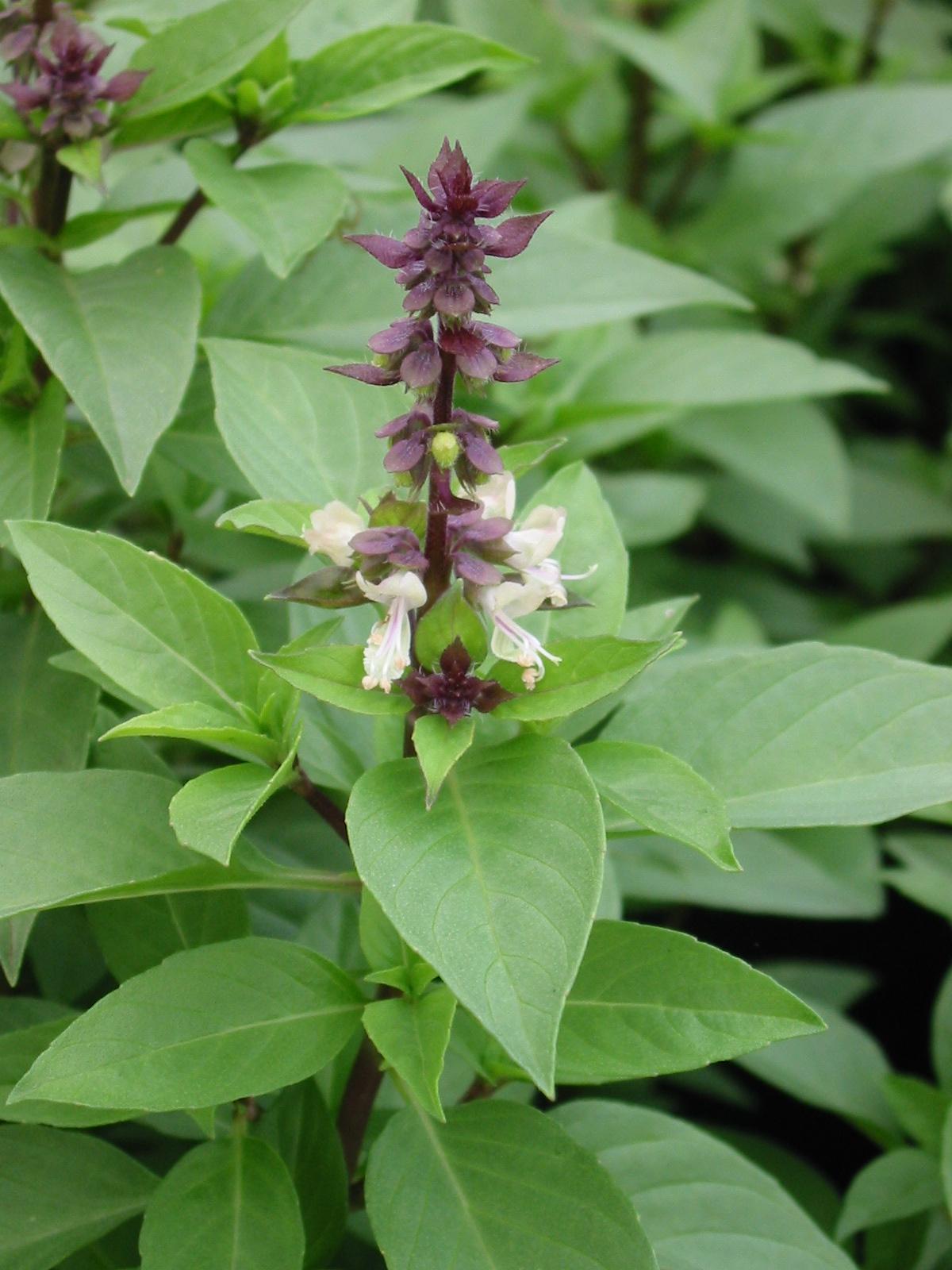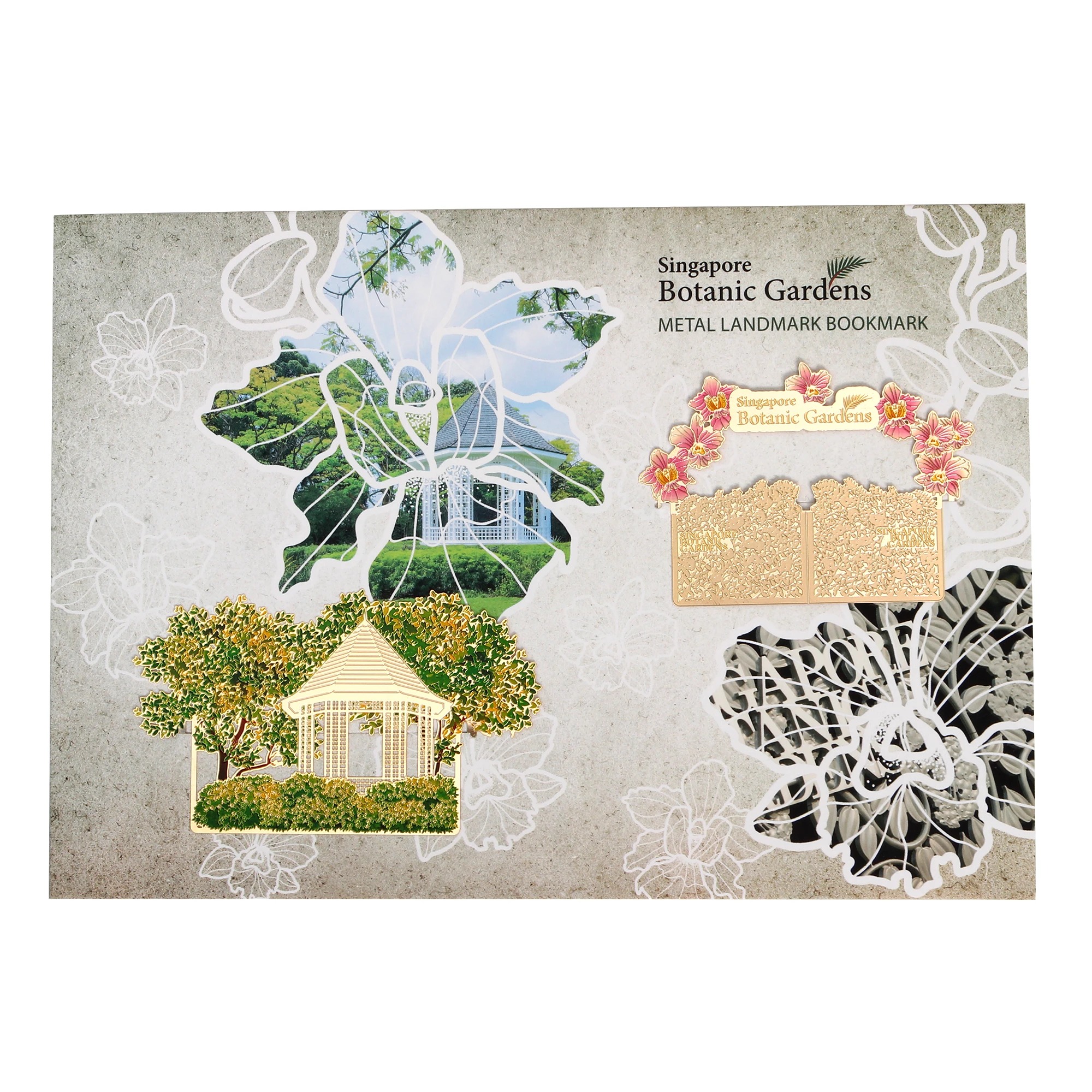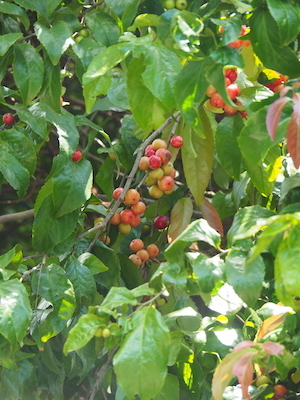Catch A ‘Dragon’!
Want to catch a ‘dragon’ in full flight?
You can when you participate in our Dragonfly Watch surveys! In Singapore, you can find more than 120 species of dragonflies and damselflies that come in different colours and sizes.
Dragonfly Watch is a biannual citizen science initiative that involves the community in collecting valuable information about dragonflies and damselflies in our parks, gardens and nature reserves. With the data collected from survey transects from the various parks around Singapore, we can start piecing together information about where our dragonflies and damselflies are found and in what numbers. This information will contribute towards better park management and conservation measures.
To start, learn about the six most commonly recorded dragonflies and damselflies during the Dragonfly Watch surveys conducted in 2020.
Blue Dasher

Photo credit: Robin Ngiam
The Blue Dasher (Brachydiplax chalybea) is a very common dragonfly that can also be found in many of the ponds in our parks and gardens, particularly those that are well-vegetated.
The male sports a bluish body with a yellowish tint at the base of its wings, and a broad dark-tipped abdomen. The female has clear wings and a yellow abdomen with a black streak.
Blue Sprite

Photo credit: Goh Pei Shuan
The Blue Sprite (Pseudagrion microcephalum) is a highly adaptable and the most common damselfly in our urban waterbodies. It can be spotted perching on vegetation or twigs, as well as flying just above the water’s surface.
The male has an unmistakeable sky-blue body with black bands on their thorax. The female is generally pale olive with thin streaks of blue on its thorax.
Common Bluetail

Photo credit: Robin Ngiam
The Common Bluetail (Ischnura senegalensis), also known as the Senegal Bluetail, is a striking damselfly that thrives in disturbed and open habitats and can be seen in almost all the ponds in our parks and gardens.
The male is distinguished by its green thorax and blue-tipped abdomen, while the female comes in a variety of colours but mostly with a golden orange thorax. Sometimes the females can look similar to the males too!
Common Parasol

Photo credit: Goh Pei Shuan
The Common Parasol (Neurothemis fluctuans) is one of the most common dragonflies in Singapore. You can spot it at the ponds in most of our parks. It is even seen in places far from a water source, which means that you may come across it more frequently.
It is also one of the most striking species due to its red colouration. The male has a reddish-brown thorax and abdomen, and maroon wings with transparent tips. The female is yellowish-brown in colour with clear wings.
Common Scarlet

Photo credit: Goh Pei Shuan
Measuring about 43 mm in length, the Common Scarlet (Crocothemis servilia) is one of the most common species of red dragonflies found in Singapore. This sun-loving species is seen in our parks and gardens, as well as other open habitats like freshwater marshes.
The male is red from head to tail, including its eyes, with a distinctive dark line along the top of its abdomen. In contrast, the female is light brown with the same distinctive line.
Variegated Green Skimmer

Photo credit: Robin Ngiam
The Variegated Green Skimmer (Orthetrum sabina) is a very common dragonfly that can be seen in a variety of open wetlands, including drains and flooded fields.
Dragonflies are generally ferocious species, and the Variegated Green Skimmer is a fast and strong flyer that preys on other dragonflies! You can easily identify this ‘dragon’ by the distinctive pale greenish colour and white markings on its abdomen.
Tips for spotting dragonflies and damselflies
-
Dragonflies and damselflies are cold-blooded and hence depend on the sun to regulate their body temperatures. The best time to catch them in action is from 9 am onwards on sunny days. However, there are some species of dragonflies that are only active at dusk.
-
Dragonflies do not bite and are completely harmless to humans. They are largely unaffected by loud noises but may be startled by sudden movements, so you may wish to approach slowly to observe them up close.
-
As some species like to perch for long periods, you can take very good close-up pictures of them if you approach slowly, without scaring them away. Alternatively, you may consider investing in a good pair of binoculars which are designed specifically for watching insects.
-
Bishan-Ang Mo Kio Park, Kent Ridge Park, Toa Payoh Town Park, Jurong Lake Gardens, Singapore Botanic Gardens, Hampstead Wetlands Park, Rower’s Bay and nature parks like Windsor, Springleaf, and Thomson, are good spots to spot dragonflies and damselflies.
Learning More
Want to learn more about how to distinguish between a dragonfly and a damselfly? Read this article.
Join us for the next Dragonfly Watch, organised as part of the NParks Community in Nature Biodiversity Watch series, and contribute to a citizen science study on these amazing flying predators.
If you are heading to our green spaces, do the right thing and be socially responsible. Maintain a safe distance from other park goers and keep to not more than two persons in a group, with no intermixing between groups. Always wear a mask except when you are engaged in strenuous exercise or when consuming food, drink or medication.
Do check out the visitorship levels of our parks using our safe distancing portal before you head down and avoid the ones with high visitorship. Learn about some simple do’s and don’ts when visiting our Nature Reserve and Nature Parks here.
Visit NParksSG, our refreshed YouTube Channel that serves as a one-stop repository for close to 300 video resources. It also provides you a platform for existing and future digital outreach including DIY gardening and related crafts, virtual tours of our green spaces, and livestream events.
For more information about the flora and fauna found in Singapore, please visit NParks Flora and Fauna Web.
If you like what you read, follow us on Facebook, Instagram and Telegram to get the latest updates.
Text by Kimberle Sebastian





Have views or comments on this article? Let us know via this form. If you would like to give us feedback on any other areas relating to our parks and gardens, please submit via https://www.nparks.gov.sg/feedback